Before spring flowers bloom, a field of indigo plants is a sea of green, with little evidence of the rich blue color hidden in its leaves. How did people first determine that a blue dye could be obtained through a complicated process of extractions? Sometimes the answer lies in lore, such as the story of a grieving Liberian woman whose salty tears fell through ashes onto a white cloth resting on a bed of leaves. The science in this poetic narrative is that the combination of salt water and ash activated the indigo. Artisans have long been the guardians of this scientific knowledge.
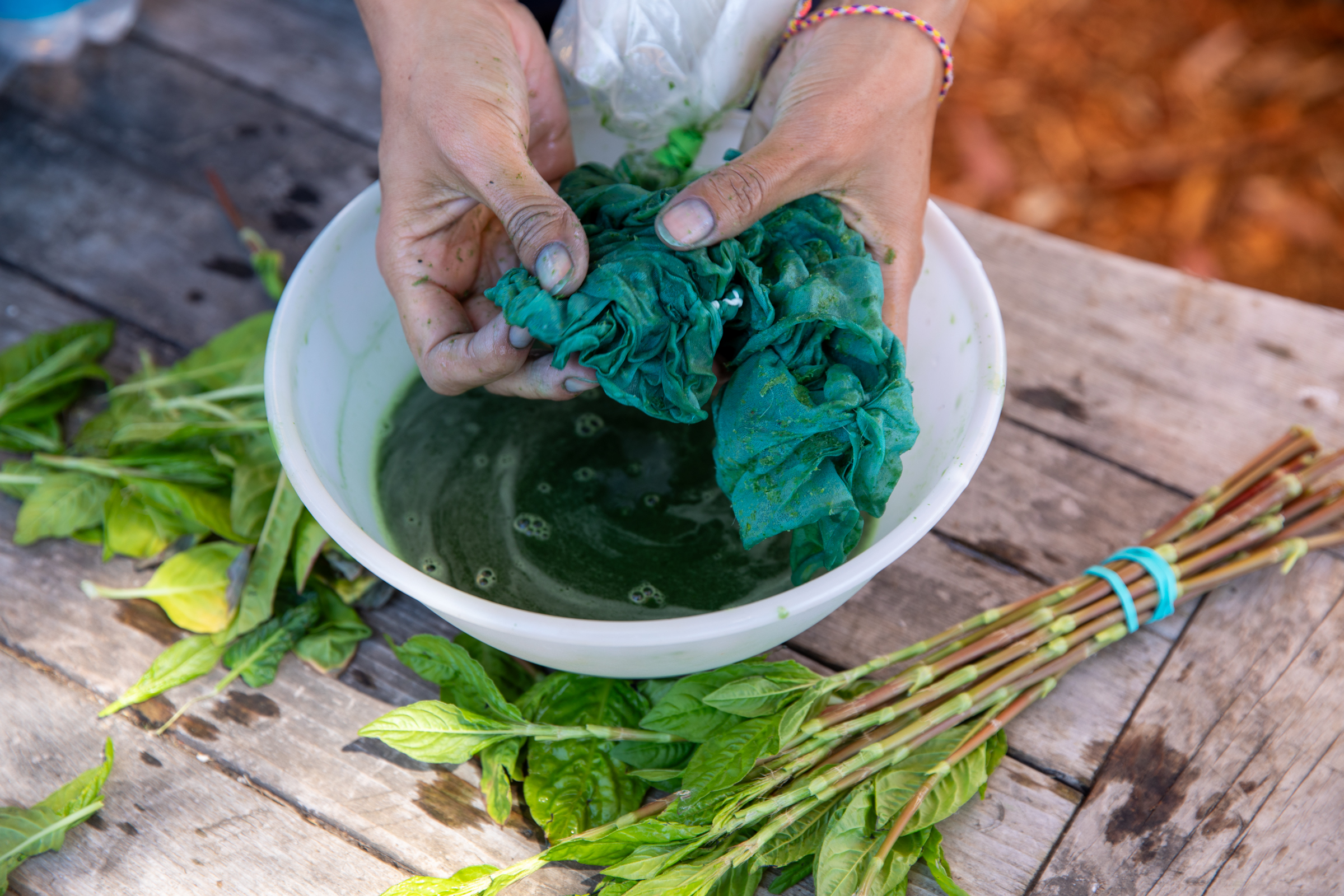
The transformation from plant to dye requires activation, which can happen in a variety of ways. Harvested indigo leaves are dried and composted or added to water and left to ferment. In some cultures, wine, sugar, or composted plants are added to support fermentation, which breaks down the leaves and produces the precursor to indigo called indoxyl. After the leaves are removed, calcium oxides such as urine or lime are added to the mixture to raise the pH level and help the molecules bond together. Then, oxygen is re-introduced to the yellow-green liquid by agitating the water. This oxidizing process can be seen in the historic photographs of indigo production in India, in which dozens of men use their legs to churn a pool-sized container of the solution. A blue foam often forms on the top during this step. When the chemicals in the liquid are exposed to air, the seemingly magical metamorphosis occurs to form indigo. This liquid is either used directly as a dye or settles to become a paste that can be dried for later use and trade.
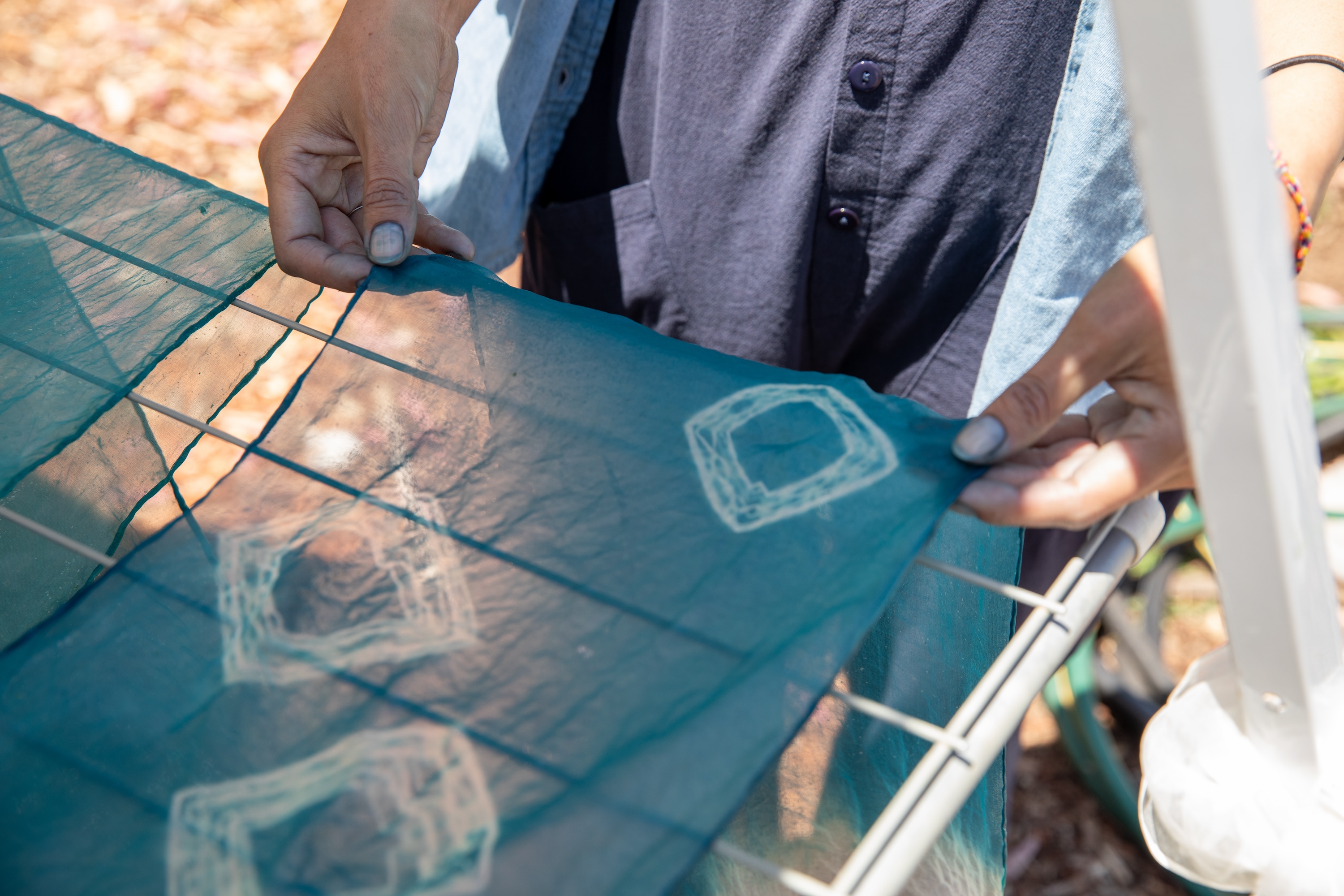
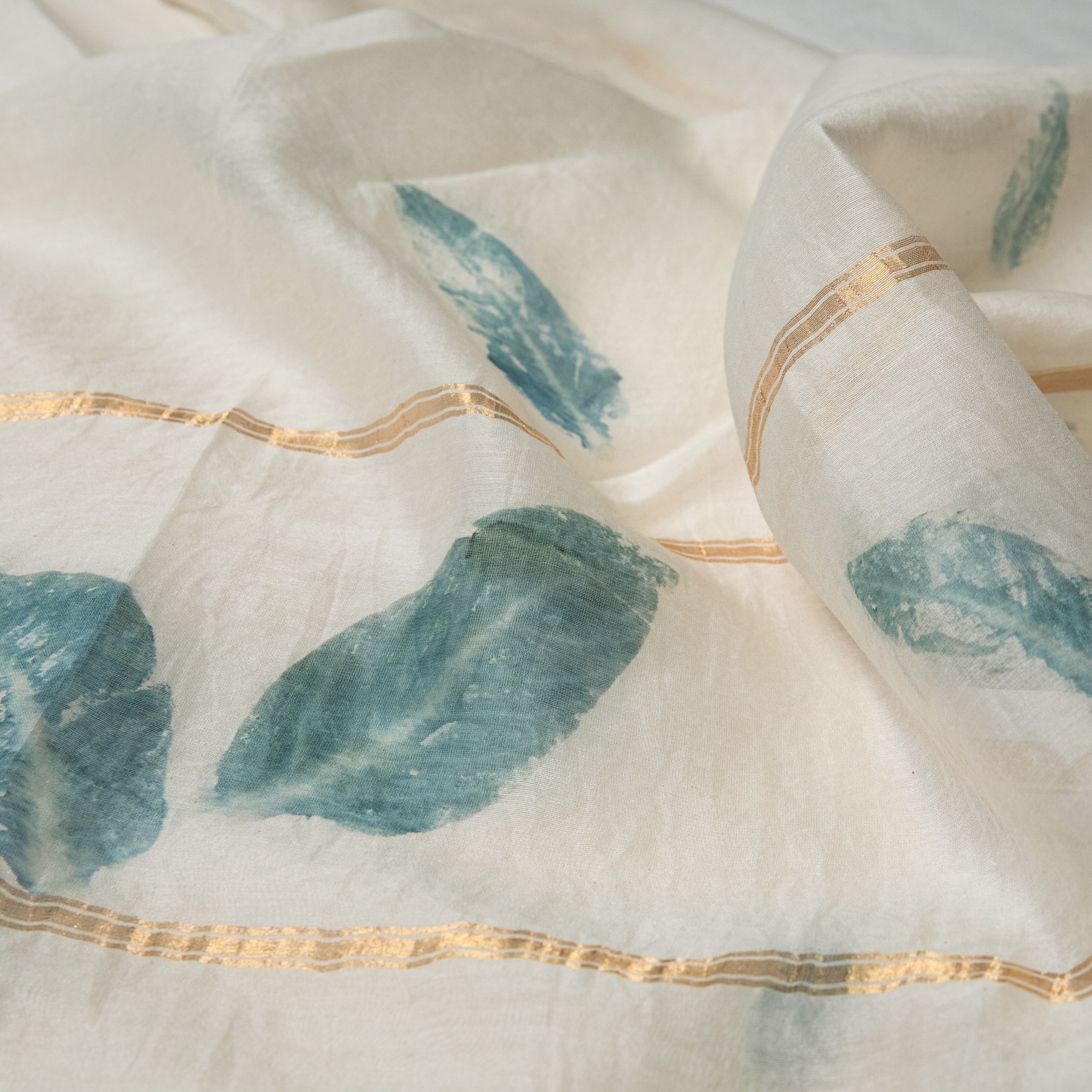
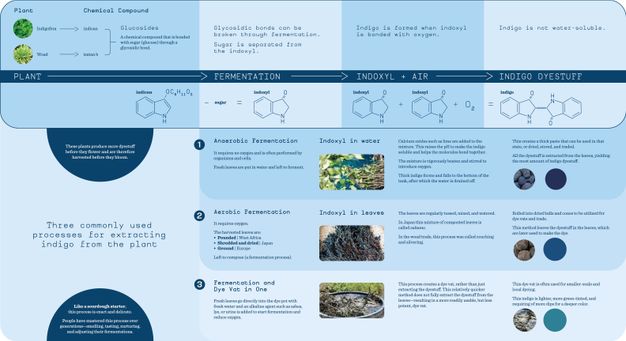
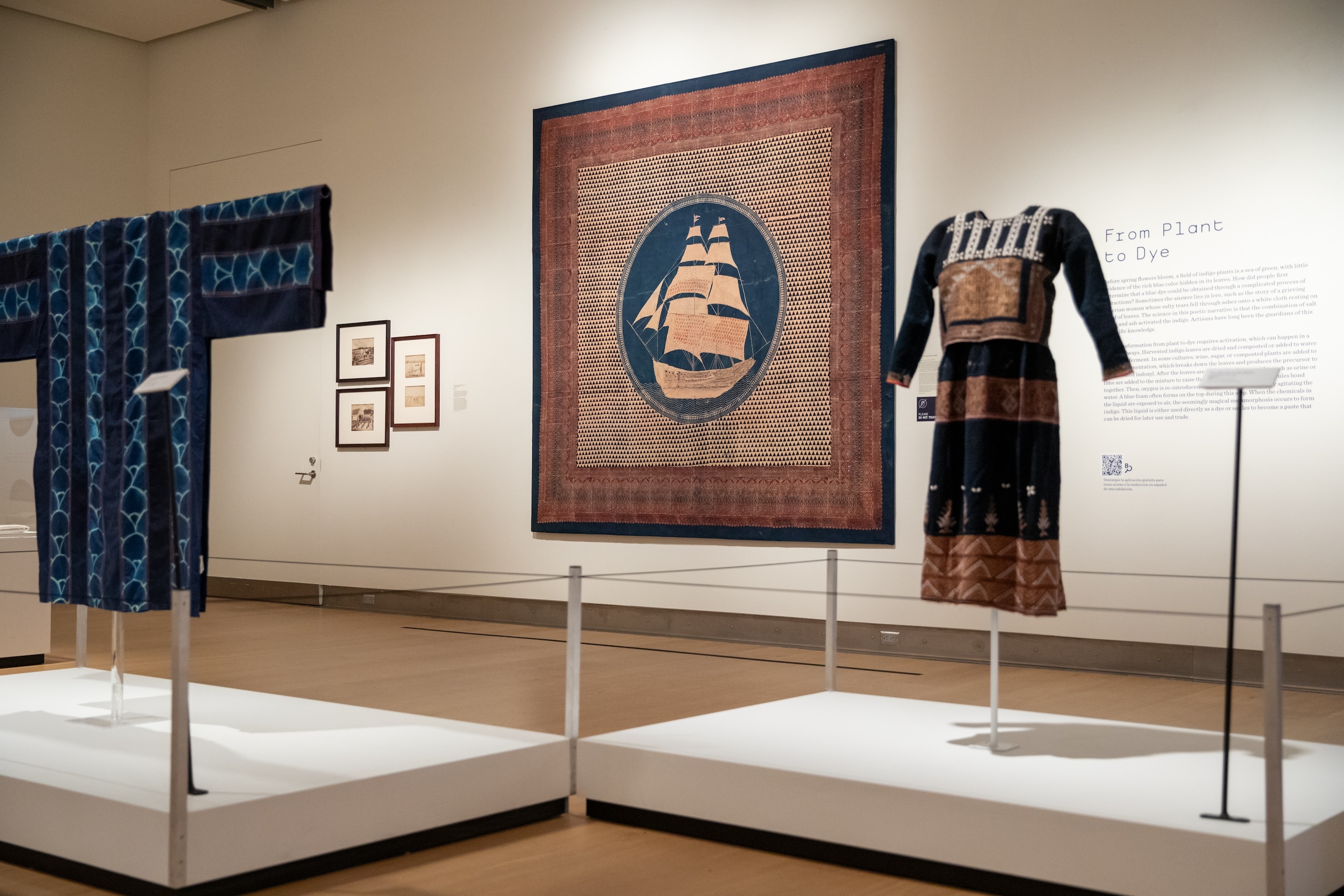
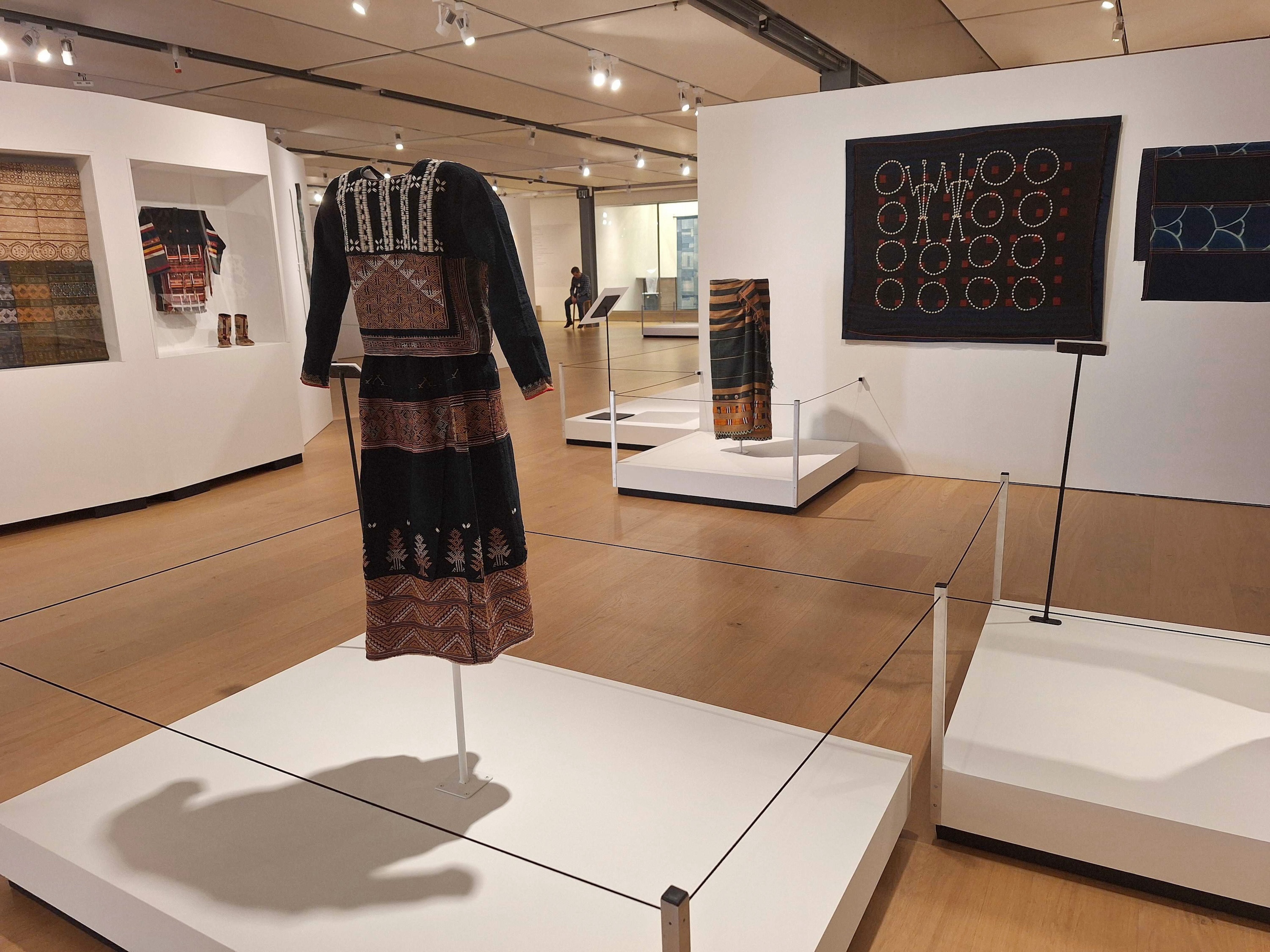
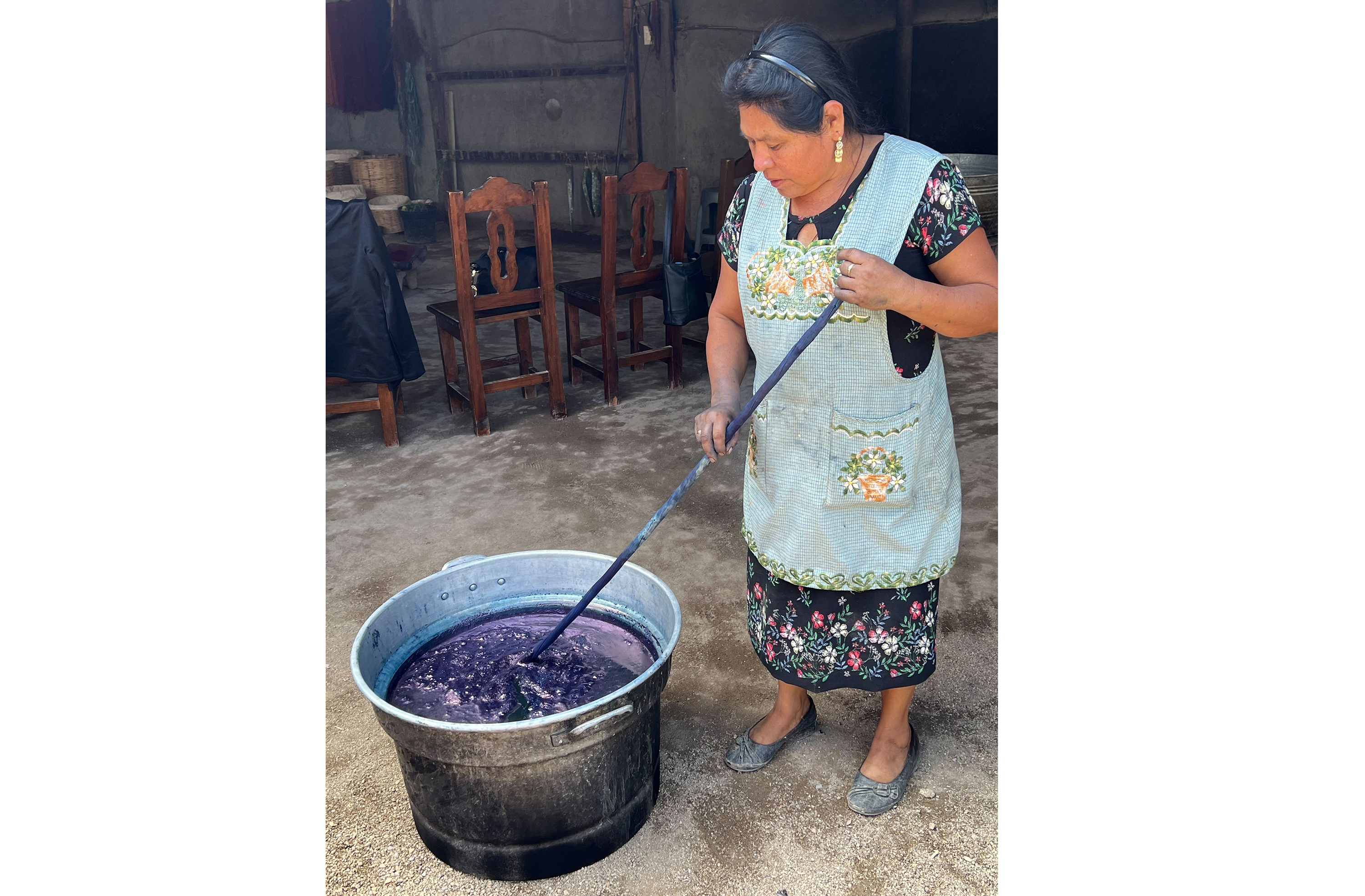
Header Image: Leaves of the indigo plant Persicaria tinctoria, Mingei International Museum, 2024. Photograph by Ron Kerner.